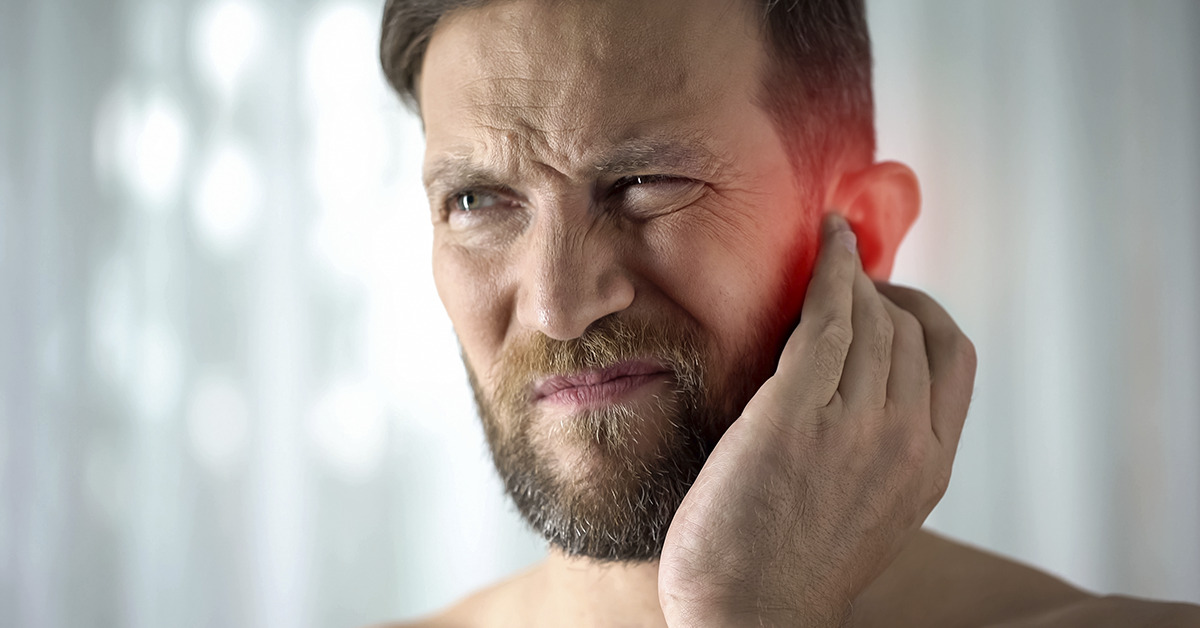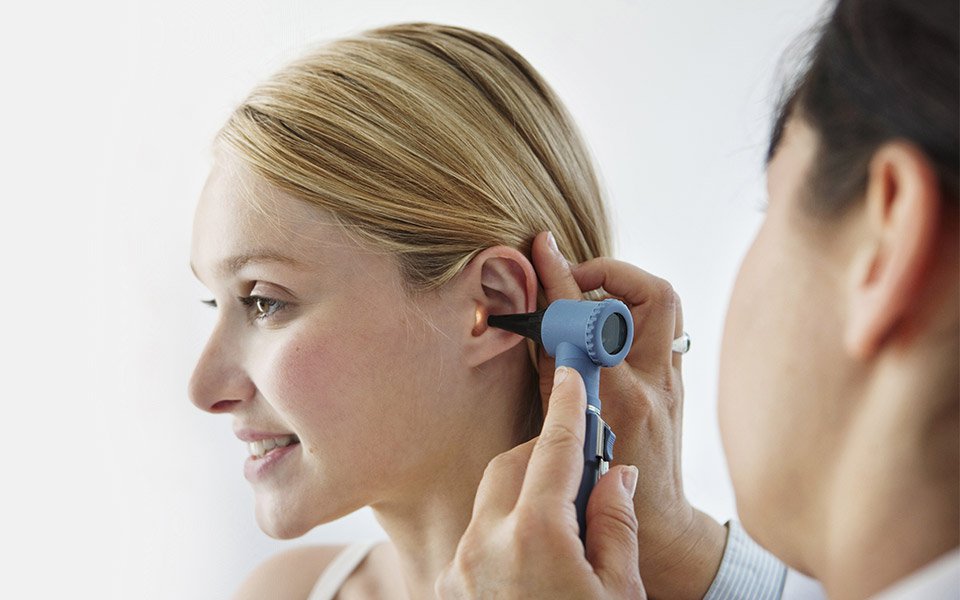Eustachian Tube Dysfunction - know the signs and causes
The Eustachian tubes are the openings that connect the middle ear with the cavities in the sinuses. These tubes are responsible for balancing the pressure in your middle ear and for protecting your ears from hearing sounds caused internally in the body. If these tubes can’t open fully, it can cause a build-up of pressure in the ear which can cause pain. If a eustachian tube opens wider than it should, it can cause the person suffering from the condition to hear unusual sounds; for instance hearing their own voice too loudly or even hearing their own breathing. Eustachian tube disorders are the most commonly occurring cause of ear infections.
Common Eustachian tube disorders include:
- Patulous Eustachian tube dysfunction
- Obstructive Eustachian tube dysfunction
- Baro-challenge-induced Eustachian tube dysfunction (this often occurs on aeroplanes)
Symptoms of Obstructive Eustachian Tube Dysfunction
Symptoms of obstructive Eustachian tube dysfunction include:
- Pressure in the ears
- A sense of fullness in the ears
- Pain in the ears (otalgia)
- Changes to a person’s hearing
- Popping sounds
- Odd sensations in the ears such as tingling or tickling
- Tinnitus symptoms such as ringing and whirring in the ears
- Pain or tenderness in one or both ears
- Trouble with balance that can lead to dizziness

Causes of Obstructive Eustachian Tube Dysfunction
There are many causes of Eustachian tube dysfunction include which commonly include environmental allergies as well as sinusitis. Other factors that may cause Eustachian Tube Dysfunction include:
- Acid reflux
- Impaired muscle coordination or muscular deficiency
- Abnormal tissue growth (neoplasms)
What is Eustachian Tube Dysfunction?
Eustachian tube dysfunction (ETD) can be attributed to a chronic blockage in the eustachian tube. The eustachian tube’s function is to keep the pressure in the middle ear at the same level as the environment and it usually only opens when we yawn, chew or swallow. When the eustachian tube gets blocked, it can cause a build-up of pressure on the ear which can impact on the eardrum and cause pain in the middle ear. Blockages can cause a build-up of fluid in the middle ear and sometimes, if severe, Eustachian Tube Dysfunction can even result in hearing loss.
What are the causes of Eustachian Tube Dysfunction?
Eustachian tube dysfunction can be caused by many factors but usually occurs when the tubes become irritated or inflamed. Illnesses such as mild colds and flus, allergies, smoking and pollution can aggravate and inflame the tubes and can sometimes lead to them becoming blocked. Polyps can be another leading cause of ETD.
What are the symptoms or signs of the dysfunction?
Symptoms of Eustachian Tube Dysfunction can vary from person to person but they generally include one or more of the following symptoms:
- Fullness in the ears - feeling as if ears are blocked
- Changes to a person’s hearing
- Tinnitus
- Popping sounds
- Ticklish feelings in the ears
- Pain
- Ringing in your ears, known as tinnitus
- Pain or tenderness in one or both ears
- Trouble keeping your balance, or dizziness

Who is at risk of Eustachian tube dysfunction?
While we have all suffered from Eustachian Tube Dysfunction at one point or another (for instance, your eustachian tubes are not functioning correctly when your ears pop due to an increase in pressure), some people are more prone to having more severe and recurring symptoms. The below groups of people are the most at risk of developing ETD.
- Children
Children have smaller eustachian tubes than adults and their immunity is not fully developed, so it makes sense that germs are more likely to travel to their middle ear. This makes children more susceptible to ear infections
- People with allergies
Allergies cause more mucus in the nasal passages which can cause the eustachian tubes to become inflamed and congested
- People who are greatly overweight
Being overweight can cause a build-up of both fatty deposits and mucus around the eustachian tubes which increases the chances of developing ETD.
Complications
- Risk for recurring symptoms- when the underlying condition is not treated
- Chronic otitis media may occur in severe situations
- Otitis media with effusion- fluid build-up in the middle ear which may cause permanent hearing damage
- Eardrum retraction- eardrum is sucked back into the canal
Treatments for Eustachian tube dysfunction?
While oftentimes symptoms of ETD go away on their own, there are plenty of ways in which you can help to treat the condition yourself.
- Swallowing, yawning, chewing gum or sucking on a sweet can open the tubes and relieve symptoms and discomfort. This can be particularly beneficial to combat the build-up of pressure in the ears when planes are taking off or landing.
- ETD symptoms can also be relieved by pinching your nose and blowing hard with your mouth shut.
- Antihistamines and decongestants may offer relief in the event of a sudden onset of ETD. Other medications can be prescribed by your GP if ETD symptoms become persistent. Sometimes, people may need to undergo surgical procedures to alleviate the condition.
- If your baby is suffering from inflammation of their eustachian tubes, it can be helped by giving them milk or by allowing them to suck on a dummy. The swallow reflex encourages the tubes to open. Always ask for a doctor’s advice if symptoms persist as symptoms can be like those of a more serious ear infection.
If you're concerned about your hearing, book in for a complimentary hearing test. With over 15 clinics situated in Northern Ireland Ireland, you're sure to find a clinic near you!


